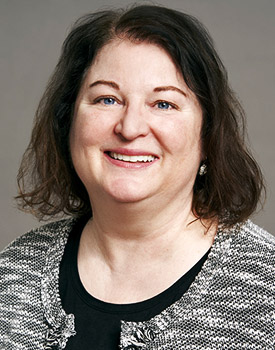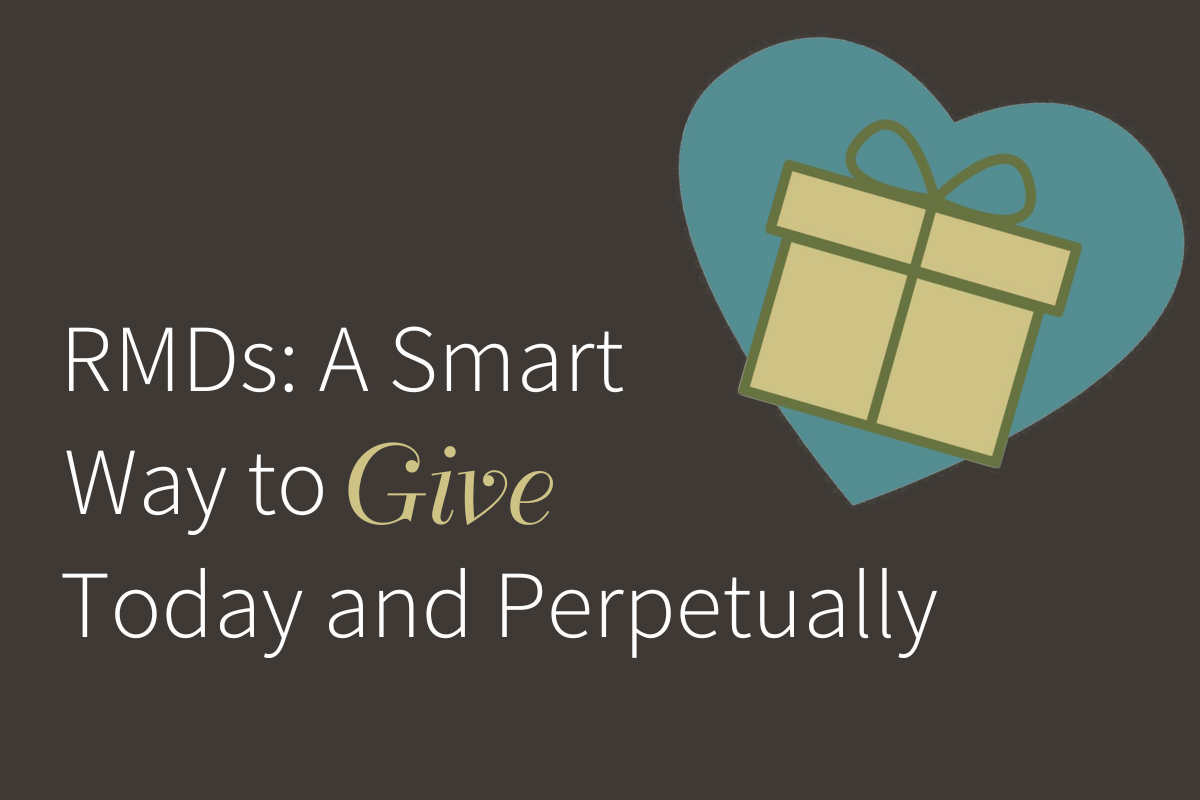
By Bethel Ruest, MBA
Senior Philanthropic Advisor
With age comes wisdom, experience, and perspective. And if you have an IRA, it comes with required minimum distributions (RMDs). When you turn 73 the tax law mandates that you take withdrawals from your retirement account whether you need the money or not. RMDs are added to your adjusted gross income (AGI), so may push you to a higher tax bracket. Not taking an RMD at all results in a penalty — you’ll be taxed 25% of the RMD amount.
For those who don’t need the income from an RMD, a decision must be made: do you take out the money and pay the associated income tax, or do you take advantage of a different opportunity?
Contribute to Causes You Believe In
If you’re a charitably minded person, you may decide to use the distributions to support your favorite causes. But it needs to be done prudently. You don’t want to take the RMD as cash and later give it to charity, because the RMD would still be included in your AGI (though in most cases the donation would be tax deductible).
Instead, donors like you can choose a unique opportunity: giving through a qualified charitable distribution (QCD). This direct distribution from IRA to qualifying charity can come with significant tax savings.
The Nuts & Bolts
A few things to note:
- The distribution check must be made payable to the charity, not you.
- You still need a receipt from the charity for tax purposes.
- QCDs cannot be directed from a company retirement plan. It must be made from a traditional IRA, rollover IRA, or inherited IRA.
- You don’t have to wait until age 73 to get started: you can start a QCD strategy at age 70 ½.
- QCDs may be made to perpetual endowments or donor designated funds, but at this time, QCDs are not allowed to donor advised funds.
QCDs allow you to make the most of your RMD, but this strategy is technical. The details above include changes that took effect January 1, 2023, as a result of the passing of the SECURE 2.0 Act. Consult with your financial advisor for guidance.
Layering Strategies May Benefit You More
Every year, more and more folks find that pairing a QCD strategy with a charitable fund at the Catholic Community Foundation of Minnesota (CCF) helps them better achieve their financial and charitable goals. Whether you’re saving for continued giving when income is limited, building up to a larger one-time gift, or building a perpetual endowment that will support your favorite ministry forever, CCF has a charitable fund option to help maximize your gifts.
And CCF funds can help you build a lasting legacy of generosity. To learn more about RMDs and charitable giving, give us a call today.
The information provided above by the Catholic Community Foundation of Minnesota (CCF) is general and educational in nature. CCF and its staff do not provide individualized legal or tax advice. We recommend you consult with your attorney or tax professional regarding your unique personal situation.

